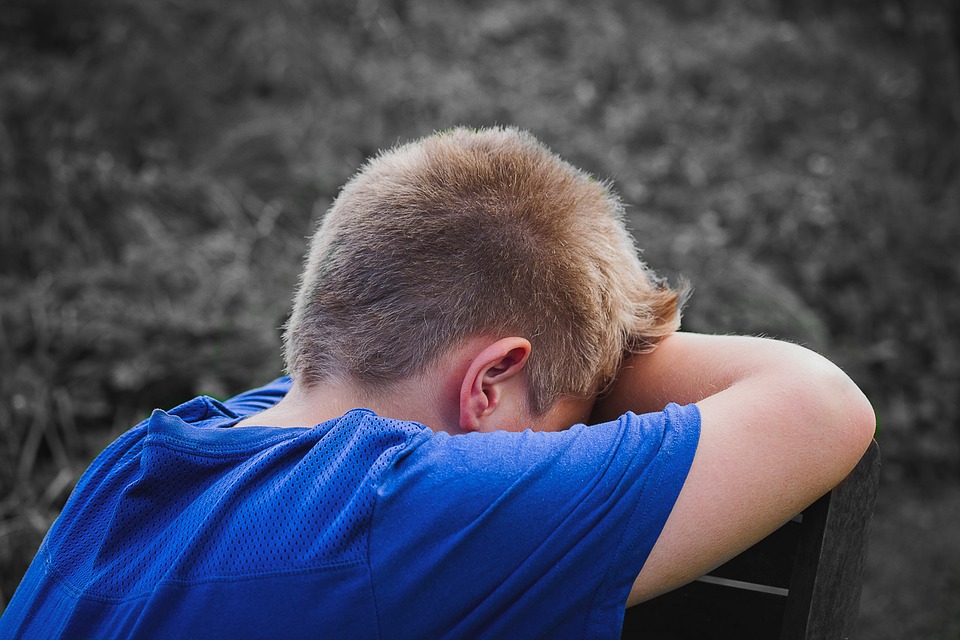
Interdisciplinary guidelines to optimise the treatment of childhood arthritis at global level
So far, there no uniform guidelines have existed for the treatment of arthritis of the jaw, a potentially debilitating consequence of juvenile arthritis.
Doctors around the world lack insight into how best to treat arthritis of the jaw, which is a frequent and serious consequence of juvenile arthritis.
Now, a team of researchers from Aarhus University, in collaboration with experts from a wide range of international professional groups, have developed a set of interdisciplinary guidelines to optimise the treatment of patients with the disease.
The guidelines have a special focus on early diagnosis and screening, and they can benefit children all over the world, according to Peter Stoustrup, associate professor at Department of Dentistry and Oral Health at Aarhus University.
“A more timely initiation of treatment will result in a better treatment outcome. Untreated, arthritis of the jaw can cause major problems in adulthood, but treatment of the condition has lagged considerably due to uncertainty among health professionals and health systems, so this study is important for all children with jaw arthritis,” he says.
Complicated joint – complicated treatment
Around 1,500 children in Denmark have a diagnosis of juvenile arthritis, which often results in inflammation of the jaw joint. This leads to pain, reduced joint function, and growth disruption in the face, which in severe cases may give rise to sleep apnoea and a need for surgical treatment of the patient’s jaw.
Up until now, it has proved difficult to find an effective treatment for arthritis of the jaw, as it is a complicated joint, and optimal treatment requires the involvement of many different groups of medical professionals, including radiologists, paediatric rheumatologists, physiotherapists, maxillofacial surgeons and orthodontists.
But now, a group of experts from these disciplines has come together to produce common recommendations and guidelines for interdisciplinary collaborative treatment in connection with arthritis of the jaw.
“Health systems are organised in different ways around the world, and the treatments offered have therefore been a bit random. Now, guidelines have been drawn up for optimal collaboration in treating this condition, which can guide the treatment of the individual patient, but also help the health systems to organise themselves in such a way that this interdisciplinary approach to treatment is possible,” explains Peter Stoustrup.
The new recommendations and guidelines are based on the knowledge and evidence available in the area.
The study on which the guidelines are based provides a basis for follow-up research and information work, and the guidelines will be revised as new knowledge becomes available.
Of great value in countries without health insurance
In Aarhus, the interdisciplinary approach to treatment has been normal practice for several years, and researchers from Aarhus University have therefore been the driving force behind the development of the guidelines in the area.
With the recommendations in hand, Peter Bangsgaard Stoustrup says it will be easier to establish centres that practise multidisciplinary treatment for children and young people with arthritis of the jaw.
This will be particularly valuable for patients in countries without public health insurance – for example USA.
“We have on board centres like Boston Children’s Hospital and hospitals in Atlanta and Calgary, who are rolling out the organisational and interdisciplinary approach to this treatment that we are proposing. It is our hope that this can provide inspiration for other centres,” says Peter Bangsgaard Stoustrup.